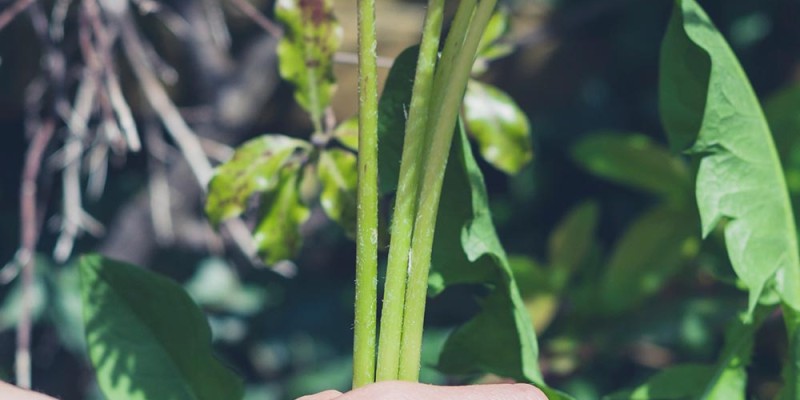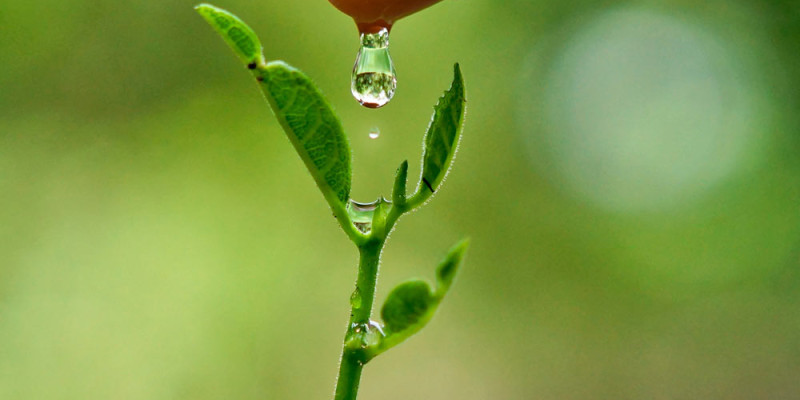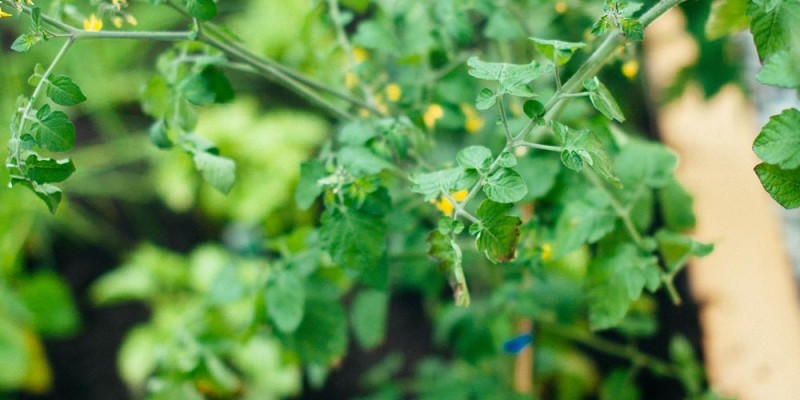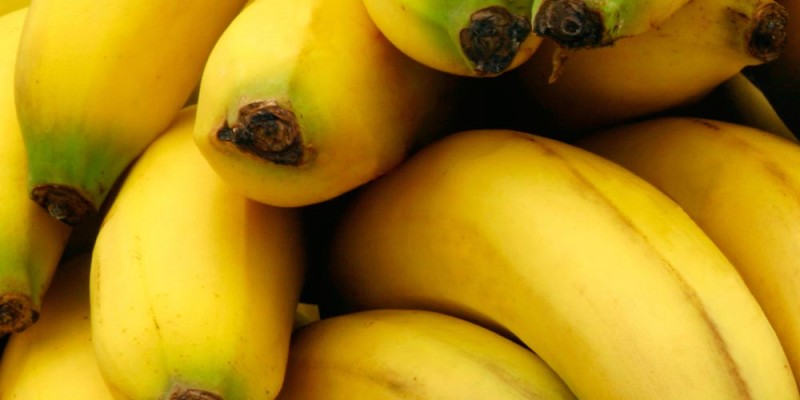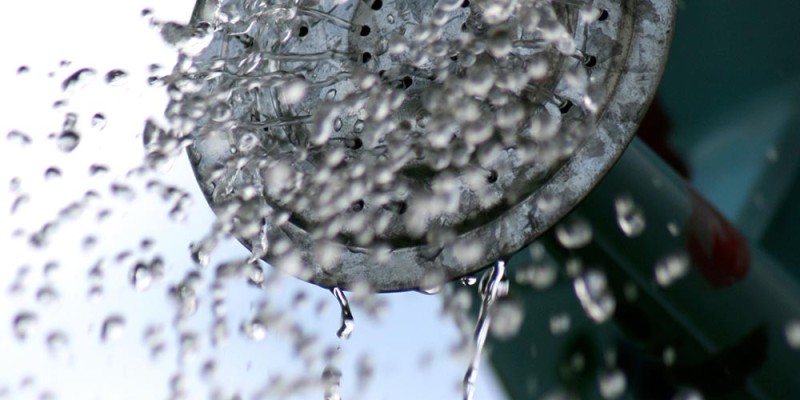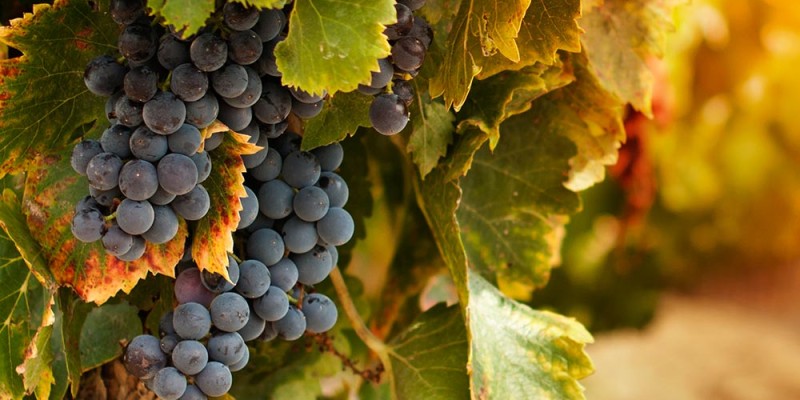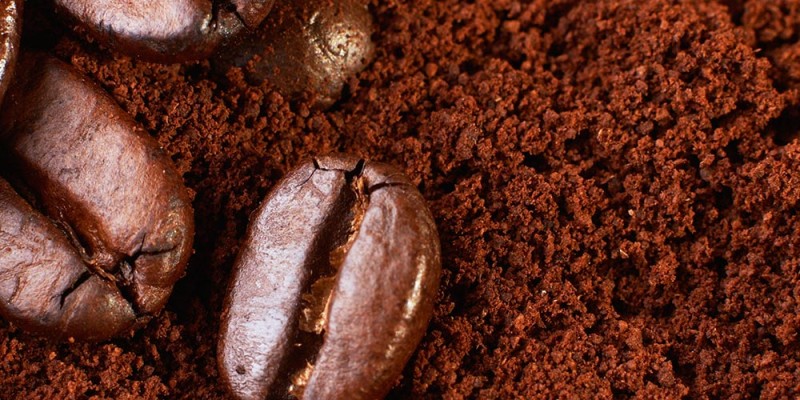Weeds in the garden are a chore lots of us dread. There is no need for this chore to take over your time in the garden.
Weeds are any plant that we do not intend to grow in our gardens. Often they grow fast spread quickly and compete with our crops for water, nutrients and light.
In my first few years gardening I made the mistake of purchasing soil that was subsoil and was filled with weed seeds. I fought for years and finally had to give in and use it to fill a low part of my property and start my garden soil again.
Now that I have much better soil it is much easier to keep on top of our weeds. That said it still requires a little bit of time and effort to keep under control.
Today I thought I would show you how I manage my weeds organically and so that it does not take a lot of time.
Keep on top of it
It is much easier to spend a few minutes every couple of days pulling weeds as you pass them then waiting and trying to blitz the whole garden at once. Usually I find myself pulling the weeds that I see while I am in the garden doing other things.
When I do pull weeds it is important to try to get not only the plant above the soil but the roots below. This will help to prevent the weed from just growing back.
The spring is the best time to keep on top of your weeds. This time of year is when most weeds will try to germinate. If you get them while they are small they are not only easier to pull out but they won’t have time to make seeds and spread even more in the garden.
What I have noticed is the time I have to spend weeding drops throughout the growing season and overall as I have been using mulch for more years there is just generally less weeding to do.
Unless the weed is flowering I usually just pull it and add it back to the mulch layer to help return it to the nutrient cycle.
Mulch
Speaking of mulch, a good layer of mulch will help suppress weeds from germinating to begin with. I commonly use fall leaves as the man body of the mulch adding things like used coffee grounds, comfrey and egg shells to add additional organic materials, nutrients while recycling waste materials from the kitchen.
I avoid using things like dethatched grass or fall leaves with seeds in them as they both can come with weed seeds in them.
Seeds will germinate best when they can get in contact with the soil and have sufficient light and moisture to germinate. The mulch helps supress weed seeds by preventing them from getting good contact with the soil. When the seeds do get in good contact shading the soil helps keep the seeds dormant until they are no longer viable.
When planting my crops I simply move the mulch aside and plant.
As the mulch breaks down it has the added benefit of feeding nutrients into the soils nutrient cycle all while helping to preserve water by reducing evaporation from the soil.
Ground Cover
Ground cover will often help suppress weeds as well. Last week we spoke about transplanting strawberries into my perimeter orchard.
Not only will they produce strawberries and enjoy the same soil conditions as the blueberries and grapes they are under they will create a canopy over time and will shade the soil helping to prevent weed seed germination. If weeds do germinate once established the strawberries will be able to outcompete any weeds for water, nutrients and sunlight.
Grass
I have found my suckering grass is probably the biggest weed I have had over the last few years. Some varieties of grass can send suckers long distances in search of new areas to grow. The mother plant gives the sucker the energy it needs to grow and expand.
When putting in my garden beds I put cardboard down in order to suppress the grass and that worked for a while. Now that the cardboard has likely been completely decayed by worms and the other beneficial organisms the grass is able to sucker back into the bed.
The grass is coming from what was left in the pathways in my garden.
In order to manage this I finally removed the grass from the walking paths. This is much easier to do prior to the grass growing in the spring and a sod cutter and your hands are often all you will need to do this.
After I had removed the grass I placed layers of cardboard down and on top of that my flag stones and wood chip mulch. As I have access to more wood chips I will continue to add to this layer to help keep the grass down and out.
Over time we should see a drop in the grass suckering into the garden beds as they have no parent plants to send the shoots.
Edible Weeds
With all these strategies to help reduce weeds there are some that you can eat and may not want to get rid of. Most famously dandelions and arugula are used as a leafy green the flower as a garnish on salads and even turned into a wine.
There is a list of other edible Alberta weeds in the description.
I expect over the years adding more mulch and keeping on top of the weeds when necessary will reduce the amount of time I need to spend weeding all without chemicals. I should be able to spend more time enjoying the garden!
Edible Weeds of Alberta:
http://northernbushcraft.com/guide.php?ctgy=edible_plants®ion=ab
